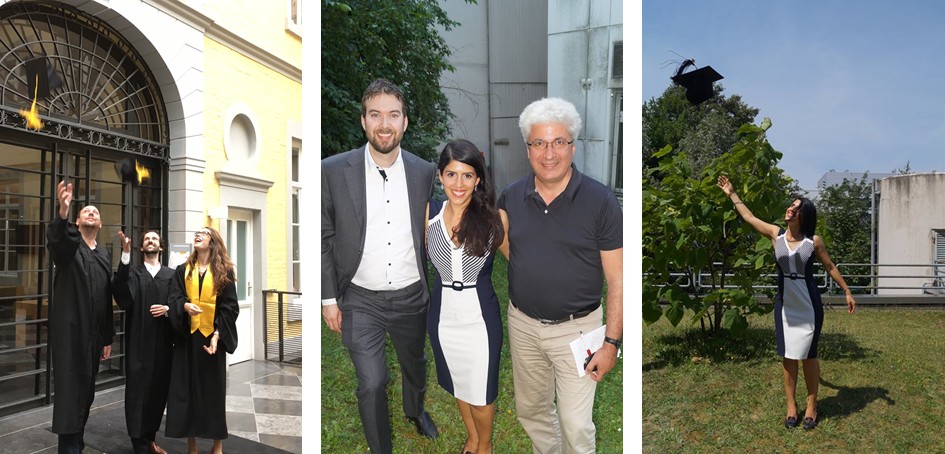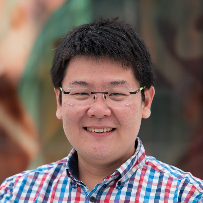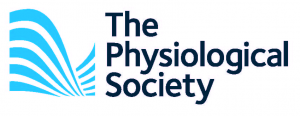 Henry Sutanto has received a travel grant from The Physiological Society to attend the Europhysiology 2018 meeting, which will take place in London, UK from September 14-16. During the meeting Henry will present his work on the impact of heterogeneous distributions of calcium-handling proteins on calcium transients and spontaneous calcium waves. Congratulations!
Henry Sutanto has received a travel grant from The Physiological Society to attend the Europhysiology 2018 meeting, which will take place in London, UK from September 14-16. During the meeting Henry will present his work on the impact of heterogeneous distributions of calcium-handling proteins on calcium transients and spontaneous calcium waves. Congratulations!
Author: jordi
New manuscript: how the distribution of RyR2 and L-type calcium channels affects calcium handling
Th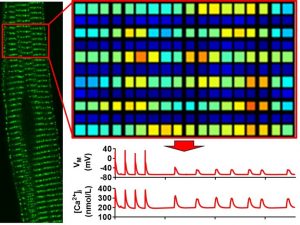 e ryanodine receptors (RyR2s) and L-type calcium channels (LTCC) are known to be important regulators of cardiomyocyte calcium handling and spontaneous calcium release events (SCaEs). However, the influence of their distribution on the behavior of SCaEs is unknown. In our most recent manuscript, recently accepted for publication in the special research topic on ‘Recent Advances in Understanding the Basic Mechanisms of Atrial Fibrillation Using Novel Computational Approaches‘ from Front Physiol, we extended our previous spatial calcium-handling model of the human atrial cardiomyocyte to simulate heterogeneous distributions of RyR2 channels and LTCC (in axial tubules) and identified an increased SCaE incidence for larger heterogeneity in RyR expression. We also incorporated experimental RyR2 distribution from rabbit atrial cardiomyocyte and previously published LTCC distribution to create a final model that accommodates these subcellular structures.
e ryanodine receptors (RyR2s) and L-type calcium channels (LTCC) are known to be important regulators of cardiomyocyte calcium handling and spontaneous calcium release events (SCaEs). However, the influence of their distribution on the behavior of SCaEs is unknown. In our most recent manuscript, recently accepted for publication in the special research topic on ‘Recent Advances in Understanding the Basic Mechanisms of Atrial Fibrillation Using Novel Computational Approaches‘ from Front Physiol, we extended our previous spatial calcium-handling model of the human atrial cardiomyocyte to simulate heterogeneous distributions of RyR2 channels and LTCC (in axial tubules) and identified an increased SCaE incidence for larger heterogeneity in RyR expression. We also incorporated experimental RyR2 distribution from rabbit atrial cardiomyocyte and previously published LTCC distribution to create a final model that accommodates these subcellular structures.
Reference: Sutanto H, van Sloun B, Schönleitner P, van Zandvoort MAMJ, Antoons G, Heijman J (2018) The Subcellular Distribution of Ryanodine Receptors and L-type Ca2+ Channels Modulates Ca2+-transient Properties and Spontaneous Ca2+-release Events in Atrial Cardiomyocytes. Front Physiol, Manuscript accepted on July 23, 2018
Jordi Heijman elected to the EWGCCE nucleus
T his week, Jordi Heijman was elected to fill one of the three vacant positions in the nucleus of the European Working Group on Cardiac Cellular Electrophysiology (EWGCCE). The EWGCCE was founded in 1978 and aims to foster exchange of scientific information in the field of cellular electrophysiology. Jordi will be working together with the new chairperson, Dr. Carol-Ann Remme (Amsterdam) and the rest of the nucleus to promote cardiac cellular and translational electrophysiology and represent the interest of scientists working in this field within the European Society of Cardiology.
his week, Jordi Heijman was elected to fill one of the three vacant positions in the nucleus of the European Working Group on Cardiac Cellular Electrophysiology (EWGCCE). The EWGCCE was founded in 1978 and aims to foster exchange of scientific information in the field of cellular electrophysiology. Jordi will be working together with the new chairperson, Dr. Carol-Ann Remme (Amsterdam) and the rest of the nucleus to promote cardiac cellular and translational electrophysiology and represent the interest of scientists working in this field within the European Society of Cardiology.
MSc student Lian Laudy joins the team
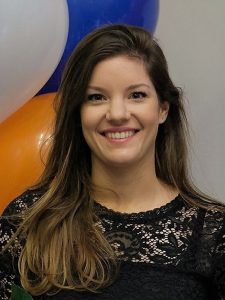 During the 2018-2019 academic year, Lian Laudy, a master student in the Systems Biology research master at Maastricht University, will write her thesis in the team. Lian previously completed her BSc in Health Sciences at Maastricht University. As part of her MSc thesis, she will work on the simulation of long-term ion-channel regulation via calcium-dependent signaling cascades.
During the 2018-2019 academic year, Lian Laudy, a master student in the Systems Biology research master at Maastricht University, will write her thesis in the team. Lian previously completed her BSc in Health Sciences at Maastricht University. As part of her MSc thesis, she will work on the simulation of long-term ion-channel regulation via calcium-dependent signaling cascades.
Nucleus working group “Cellular Electrophysiology” of the German Cardiac Society
During the annual meeting of the German Cardiac Society, which took place from April 4-7, 2018 in Mannheim, Germany, Jordi Heijman was re-elected as member of the nucleus for the working group “Cellular Electrophysiology”. Jordi has been a nucleus member since 2016 and will now continue to promote cellular and translational electrophysiology within the German Cardiac Society until 2020. Besides organizing scientific sessions during various meetings, the nucleus is also working on a ‘state of the art’ paper on the role of basic science in clinical electrophysiology.
Several new papers available
A lot has happened already in 2018. Besides teaching and writing grant proposals, a number of our papers have appeared in print. These include an original research article on the role of type-1 muscarinic receptors in the regulation of the acetylcholine-activated potassium current (in Int J Cardiol), as well as reviews on macromolecular complexes (in Herzschrittmacherther Elektrophysiol) and translational challenges in atrial fibrillation (in Circ Res). An overview of all publications can be found here.
Happy holiday season!
We wish everyone a happy holiday season and a happy, healthy and successful 2018! We are grateful for the many interesting projects and collaborations that we have had the opportunity to work on in 2017 and are looking forward to continuing these successful collaborations (and establishing new ones!) in the year to come!
New editorials and review published
Two editorials and one review addressing a wide range of topics related to cardiac electrophysiology and signaling have been published recently. In an editorial for the International Journal of Cardiology, we discuss the paper by Alhede et al. which identified that antiarrhythmic drugs are better than ablation at preventing atrial ectopy, whereas ablation is better at preventing recurrence of atrial fibrillation. These data suggest that there may be ‘benign’ (non-AF-inducing) and malignant (AF-inducing) premature atrial complexes and that antiarrhythmic drugs may not be able to prevent the malignant ones. In another editorial for Circulation Arrhythmia and Electrophysiology, we discuss the antiarrhythmic potential of small-conductance calcium-activated potassium (SK) channels. Finally, in a review for Laboratory Investigation, we provide an update on the regulation of G-proteins by nucleoside diphosphate kinases and caveolins. The full references are listed below and a complete overview of all publications can be found on the publications page:
Heijman J, Dobrev D, Crijns HJGM (2017). Targeting supraventricular ectopic
complexes: Which approach should be used and how does it affect atrial
fibrillation? Int J Cardiol. 244:202-203.
Heijman J, Dobrev D (2017). Inhibition of Small-Conductance Ca2+-Activated K+
Channels: The Long-Awaited Breakthrough for Antiarrhythmic Drug Therapy of Atrial
Fibrillation? Circ Arrhythm Electrophysiol. 10(10). pii: e005776.
Abu-Taha IH, Heijman J, Feng Y, Vettel C, Dobrev D, Wieland T (2017). Regulation of
heterotrimeric G-protein signaling by NDPK/NME proteins and caveolins: an update.
Lab Invest. Oct 16 Epub ahead of print.
3:
Lab Get-Together
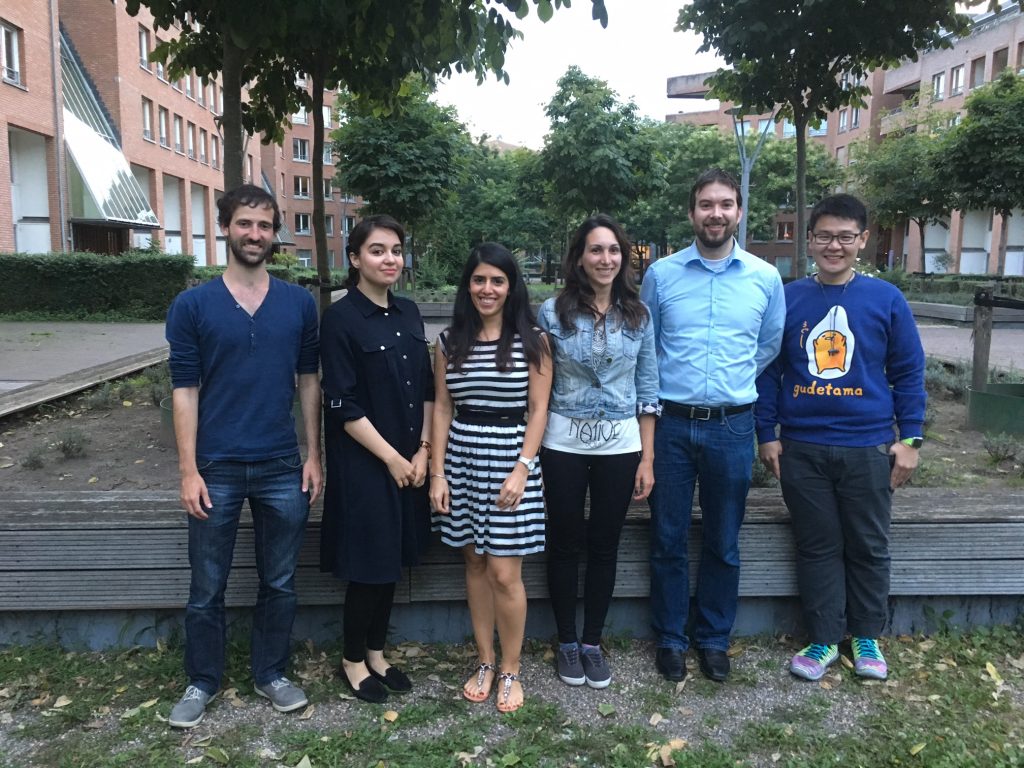
On August 22, the entire team came together for pizza and drinks to celebrate the summer and the excellent results achieved so far this year!
Graduations!
The month of July was a festive month for the lab with two graduation ceremonies! On July 12, 2017, Bart van Sloun completed his Master thesis internship “From Form to Function in Heart Muscle Cells” with the official graduation ceremony of the Master Systems Biology of Maastricht University. Bart will continue to work in the lab over the summer before starting as a PhD student at the Maastricht Center for Systems Biology on October 1.
On July 19, 2017, Pegah Erfanian-Trudrung successfully defended her PhD thesis “Experimental Analysis and Computer Modeling of the Sarcoplasmic Reticulum Ca2+-ATPase in Atrial Fibrillation” at the Faculty of Medicine, University Duisburg-Essen, Germany. Pegah is currently working as a pharmacist in Dortmund, Germany. Many congratulations to both for these important achievements!
